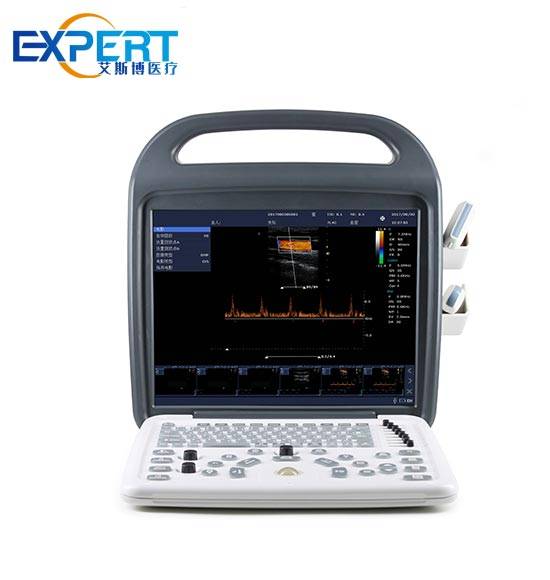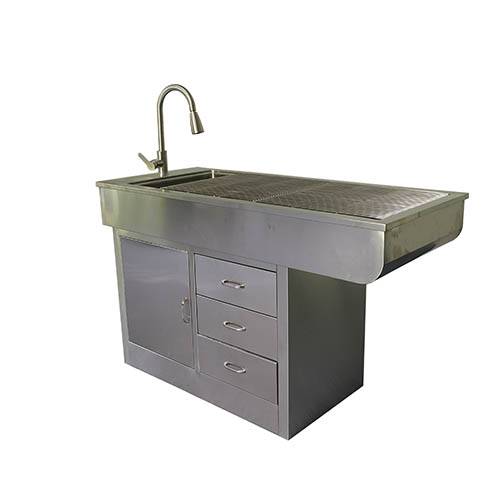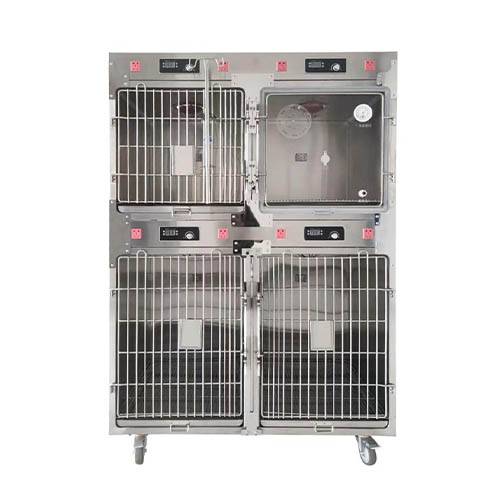Dirección
304 North Cardinal St.
Dorchester Center, MA 02124
Horas laborales
Lunes a viernes: 7:00 a. M. - 7:00 p. M.
Fin de semana: 10 a. M. - 5 p. M.
Dirección
304 North Cardinal St.
Dorchester Center, MA 02124
Horas laborales
Lunes a viernes: 7:00 a. M. - 7:00 p. M.
Fin de semana: 10 a. M. - 5 p. M.

In the realm of veterinary medicine, ensuring the safety and well-being of animals during surgical procedures is paramount. One of the most crucial tools in achieving this is the use of veterinary anesthesia monitors. These devices play a pivotal role in monitoring the vital signs of animals under anesthesia, ensuring their safety, and enhancing the overall success of surgical procedures. This blog delves into the various benefits of using veterinary anesthesia monitors in surgery, highlighting their importance and functionality.
In the realm of veterinary medicine, ensuring the safety and well-being of animals during surgical procedures is paramount. One of the most crucial tools in achieving this is the use of veterinary anesthesia monitors. These devices play a pivotal role in monitoring the vital signs of animals under anesthesia, ensuring their safety, and enhancing the overall success of surgical procedures. This blog delves into the various benefits of using veterinary anesthesia monitors in surgery, highlighting their importance and functionality.

Veterinary anesthesia monitors are essential for tracking an animal’s vital signs during surgery. These devices provide real-time data on parameters such as heart rate, respiratory rate, blood pressure, and oxygen saturation. By continuously monitoring these vital signs, veterinarians can make informed decisions and adjust anesthesia levels accordingly to maintain the animal’s stability.
Accurate delivery of anesthesia is critical to prevent under or over-dosing, both of which can have serious consequences. Veterinary anesthesia monitors help in administering the right amount of anesthesia by providing feedback on the animal’s physiological response. This ensures that the animal remains unconscious and pain-free without experiencing adverse effects from excessive anesthesia.
The primary benefit of using veterinary anesthesia monitors is the enhanced safety they provide. By offering continuous and precise monitoring, these devices allow for the early detection of any abnormalities or complications that may arise during surgery. This early warning system enables veterinarians to take prompt corrective actions, thereby reducing the risk of adverse outcomes.
Veterinary anesthesia monitors come equipped with a range of sensors and probes designed to measure various physiological parameters. These may include ECG leads for heart rate monitoring, pulse oximetry for oxygen saturation, capnography for CO2 levels, and blood pressure cuffs. The integration of these features into a single device streamlines the monitoring process and ensures comprehensive data collection.
Modern veterinary anesthesia monitors are designed with user-friendly interfaces, allowing veterinarians to easily interpret the data. Clear displays and intuitive controls enable quick adjustments and timely interventions, which are crucial during surgical procedures. The simplicity of use also reduces the learning curve for veterinary staff, ensuring effective utilization of the monitors.
Many veterinary anesthesia monitors come with data logging capabilities, enabling the storage and analysis of monitored data. This feature is particularly useful for post-operative reviews and for maintaining detailed medical records. By analyzing historical data, veterinarians can gain insights into an animal’s response to anesthesia over time, aiding in future treatment plans.









The use of veterinary anesthesia monitors directly contributes to improved surgical outcomes. By maintaining optimal anesthesia levels and ensuring the animal’s vital signs are within safe limits, these monitors minimize the risk of complications. This leads to faster recovery times and better overall health for the animal post-surgery.
Veterinary staff often face high-stress levels during surgeries, primarily due to the critical nature of the procedures. Veterinary anesthesia monitors alleviate some of this stress by providing reliable data and reducing the uncertainty associated with manual monitoring. This allows the staff to focus on the surgery itself, knowing that the animal’s vital signs are being accurately tracked.
While the initial investment in veterinary anesthesia monitors may be significant, the long-term benefits far outweigh the costs. The reduction in surgical complications and the improved efficiency of surgical procedures translate to cost savings for veterinary practices. Additionally, the enhanced safety and care provided to animals can lead to increased client satisfaction and loyalty.
Veterinary anesthesia monitors also aid in communication with pet owners. By providing detailed and accurate data about the animal’s condition during surgery, veterinarians can offer reassurance and transparency. This builds trust and confidence in the veterinary practice, fostering stronger relationships with clients.
The use of veterinary anesthesia monitors ensures compliance with industry standards and guidelines for animal care. Regulatory bodies often mandate the use of such monitors to maintain high levels of safety and care during surgical procedures. By adhering to these standards, veterinary practices can avoid legal issues and enhance their professional reputation.

To illustrate the advantages of veterinary anesthesia monitors, let’s consider some key metrics comparing surgeries with and without these monitors.
| Parámetro | With Anesthesia Monitors | Without Anesthesia Monitors |
|---|---|---|
| Average Surgery Duration | 60 minutes | 75 minutes |
| Complication Rate | 2% | 10% |
| Recovery Time | 2 days | 4 days |
| Post-Operative Mortality Rate | 0.5% | 3% |
| Client Satisfaction Rate | 95% | 80% |
| Item | Costo | Savings |
|---|---|---|
| Initial Investment | $10,000 | – |
| Annual Maintenance | $1,000 | – |
| Reduced Complication Costs | – | $5,000/year |
| Increased Client Retention | – | $3,000/year |
| Net Savings (over 5 years) | – | $30,000 |
The integration of veterinary anesthesia monitors into surgical procedures represents a significant advancement in veterinary medicine. These devices not only enhance the safety and well-being of animals but also improve surgical outcomes and reduce stress for veterinary staff. The cost-effectiveness and compliance with industry standards further underscore the importance of these monitors in modern veterinary practices. By investing in high-quality veterinary anesthesia monitors, veterinary clinics can ensure they provide the best possible care for their animal patients, leading to better health outcomes and increased client satisfaction.
Veterinary anesthesia monitors are devices used during surgical procedures to continuously monitor an animal’s vital signs, ensuring their safety and the effective delivery of anesthesia.
These monitors provide real-time data on vital signs, allowing veterinarians to make immediate adjustments to anesthesia levels and respond to any abnormalities, thus reducing the risk of complications and improving recovery times.
Yes, while the initial investment can be high, the long-term benefits such as reduced complication rates, improved surgical efficiency, and enhanced client satisfaction lead to significant cost savings.
Key features to look for include comprehensive monitoring capabilities, user-friendly interfaces, data logging, and analysis functionalities. Ensure the device can measure critical parameters like heart rate, respiratory rate, oxygen saturation, and blood pressure.
Yes, veterinary anesthesia monitors are versatile and can be used for a wide range of animals, from small pets like cats and dogs to larger animals such as horses. Ensure the monitor you choose is suitable for the specific types of animals treated in your practice.